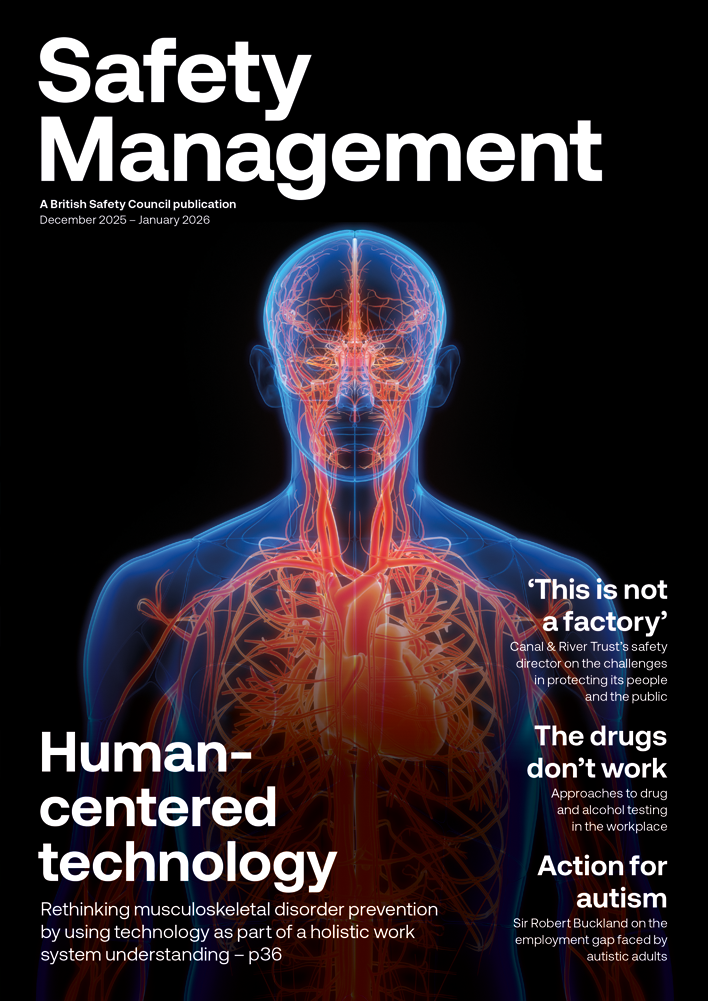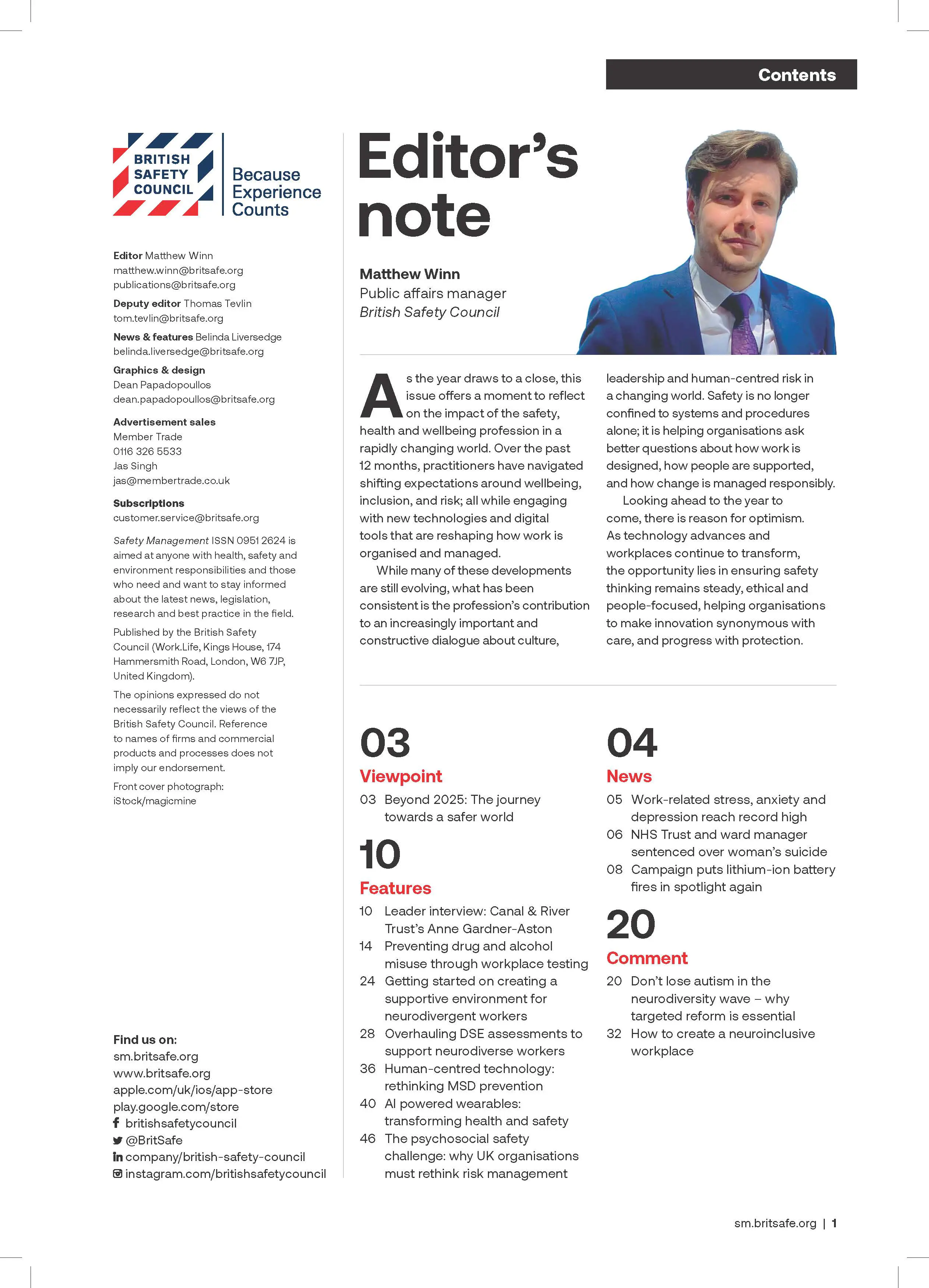Artificial intelligence (AI) offers huge potential for improving the performance, functionality and fit of personal protective equipment (PPE). Material science company W. L. Gore and Associates is already working with stakeholders like apparel and footwear manufacturing partners to explore how the technology can ensure the most effective use of materials, create inclusive PPE that fits all genders and body shapes, and incorporate smart technology with enhanced safety and comfort functionality into garments and more.
Features
The use of AI to improve PPE design: how the GORE-TEX brand is seeking to lead the way
What AI offers in PPE design
While some consider AI to still be a toy to play with, increasingly clothing and personal protective equipment (PPE) designers are starting to extend their use of it and consider it a serious tool. Without doubt, AI offers tremendous opportunities for designers to produce quick visualisations of creative concepts. Historically, this would have involved creative mood boards, flipcharts and prototypes to bring to life the concepts of different types of personas for the design process. AI enables a new speedy solution through what is known as ‘generative design’. This process uses AI algorithms and cloud computing to quickly develop photorealistic visuals.
 Photograph: GORE-TEX
Photograph: GORE-TEX
AI can review and analyse databases of laminates, materials, components and many other elements used in the manufacture of safety workwear and footwear. This data can then be matched with end user data to identify the best materials required for specific PPE design applications. The performance and longevity of different laminates and fabrics can also be predicted through AI systems, which enables manufacturers to purchase the best components for use within very specific industries where variable safety risks need to be taken into consideration.
AI can be utilised to enable the optimisation of design processes. This is carried out by simulating real working and real-life scenarios for end users. AI facilitates and speeds up the ideation phase before multiple and vastly different creative PPE designs are created and prototype production takes place. The potential for this is immense in terms of economic efficiency during the design process, as well as potentially improving the effectiveness and increasing the safety standards of the resulting PPE.
Ensuring the correct fit of PPE
One significant issue faced within PPE design and provision is ensuring the correct fit of garments and footwear. Not only can badly fitting PPE cause discomfort, but it can also compromise the safety and protection of the worker if it is not worn correctly or even at all. By using AI scanning, modelling technologies and data, PPE designers can review many body scans. This helps them to understand and consider differences in body and foot shapes and sizing. As a result, custom fit PPE can be easily considered that is tailored to a specific end user. It can also assist in the development of size ranges that would be more fit for purpose for multiple and different body shapes.
This technology comes into its own when considering and designing PPE for female workers. Historically, the design of PPE specifically for the female form has been somewhat overlooked due, perhaps, to the small percentage of females compared with males working and requiring safety protection within high-risk industries. This has changed. Properly designed workwear for women is not just about aesthetics but fundamentally about ensuring safety, comfort and functionality. It is tailored to the anatomical differences between men and women, which is critical for preventing accidents and enhancing job performance. AI can help in this context to adapt styles originally designed for men to women’s specific anatomic needs.
Combining the potential of AI with Internet of Things (IoT) technologies presents a fascinating and futurologist’s view of how PPE design might be extended in the years to come. Smart PPE will offer enhanced protection and state-of-the-art functionality. Imagine a stormtrooper look-a-like working the streets, seemingly having just escaped the movie studio. A jacket with an illuminated city map on the back with a Klimt-style aesthetic that can monitor environmental conditions. A construction worker as strong as Godzilla wearing a smart helmet able to adjust the inside temperature or even gloves that mechanically adjust grip strength. Science fiction or reality? Visionary, certainly, but not pure fantasy.
Gore’s AI investigations
We looked at the potential use of AI with our licensed manufacturing brand partners in both footwear and garments. As a starting point for any project, we look to the needs of the end user. We assess where they work. What are their pain points? How can we improve their comfort, as well as their safety in the workplace? Gore’s focus goes beyond purely the engineering of laminates, textiles or seam tapes and extends to understanding what the real life and daily challenges of workers are.
For our investigations within the safety apparel side of our business, we not only collaborated closely with end users in multiple industries and our workwear partners, but also consulted think tanks, research agencies and universities.
Our approach was a helicopter view of megatrends and macroeconomic market research from multiple parties. This was blended with hands-on information and data from interviews with end users from different fields. We collated and considered their daily specific risks and challenges. In co-operation with designer Jo Baumgartner from the consultancy Q’rateur, we were able to pull together information and future signals, which were then condensed down into four future personas.
Four personas as archetypes of special functional needs
Gore dubbed these four personas – Street Operator; Augmented Wireman; High Performer; and Heritage Handyman. Each symbolised a distinctive design trend. Each one represented an archetypal end user with very specific protective needs.
The project team considered that this sub-sectioning allowed them into the mindset of each persona and added a human touch to the project. The four personas provided a perfect canvas to explore and investigate innovative ideas, some radical, some pragmatic.
The Street Operator has a tough job as they face challenges on the road, are exposed to hot or wintry weather, pouring rain and heavy traffic and walk a dozen kilometres per day. Smart comfort elements such as active heating and cooling help to regulate body temperature, enhanced safety vests with integrated protectors and active lighting protect against traffic hazards and integrated lighting helps to illuminate the workplace hands-free.
The Augmented Wireman needs to move heavy weight around and may have to enter restricted areas in production facilities. Their gear includes technical features such as bionics, smart access devices, data screens and smart goggles with augmented reality included.
The High Performer is looking for elements of active performance wear migrating into workwear. They demand both intelligent detailing and endurance materials – for example, taken from running apparel. The look is sports focused and features an athletic aesthetic with a casual, yet professional feel.
The Heritage Handyman has key artisanal elements in their gear that play with traditional looks and state-of-the-art functionality. The persona caters to the needs of workers with an appreciation of classic sturdiness, relaxed comfort and timelessness.
 Photograph: GORE-TEX
Photograph: GORE-TEX
AI and EXTRAGUARD upper technology
Gore extended its exploration of AI to test and challenge the limits of its potential for protective safety footwear design and worked in collaboration with AI Alanis, a company that uses innovative AI image generation technology to create personalised design ideas and product concepts. The focus of this experiment was Gore’s innovation upper technology EXTRAGUARD, which is incorporated into GORE-TEX safety footwear.
EXTRAGUARD upper material is robust, waterproof and at the same time permanently lightweight even in extreme weather conditions. Compared with leather, the material enables a wide range of design options because it can be processed differently, making it ideal for this project. We see ourselves as an incubator of ideas and wanted to inspire our customers and open up new horizons for them as well as for us. This also includes thinking differently about shoe design with the support of AI.
The starting point for the AI experiment was a selection of keywords that were refined during the AI process and, from these, individual AI design variants were subsequently created. “In total, we developed four EXTRAGUARD upper material categories with style variants, all in the safety footwear segment. Chelsea boots, rigger boots, athletic safety shoes and rubber boots – instead of rubber, with EXTRAGUARD material,” says Cornelius Waiblinger, managing director at AI Alanis.
There was already a lot of interest from customers in what the design of safety footwear with AI could look like. With this project, we wanted to initiate discussions for new styles and have already reviewed and exchanged these ideas with our customers. One thing is clear: AI can be used to quickly visualise footwear designs, but whether they can actually be realised still requires technical expertise from Gore and the customer.
Conclusion
Looking ahead, the integrated use of AI in PPE design has radical and transformative potential across the entire industry: from custom fit optimisation and enhanced quality control to the increased use of smart PPE, the list of potential uses is vast.
As AI technologies continue to develop and emerge, heavy investment will be required in training and technology. What is clear is that collaboration between material scientists, manufacturers, industry experts and AI researchers is key. This will overcome the current limitations and fully unlock its wide-scale potential and possibilities, ensuring that end users are safely protected against risks.
Leonard Schlichting is commercial leader EMEA at W. L. Gore and Associates, and Reza Jamshidi-Azad is a garment concept designer at GORE-TEX Professional Fabrics.
For more information, see:
FEATURES
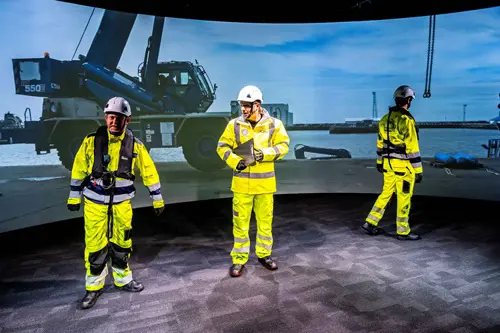
Underpinning safety training with neuroscience for long lasting impact
By SSE Active Training Team (ATT) on 30 November 2025
A behavioural safety training programme developed by Active Training Team for energy provider SSE has been carefully designed with neuroscientific principles in mind – resulting in a prestigious industry award for Best Training Initiative in 2024.
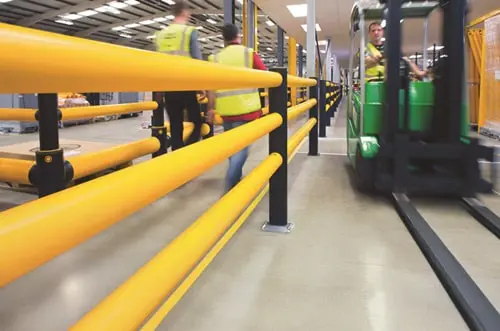
Why a painted line will never be enough
By UK Material Handling Association (UKMHA) on 20 November 2025
Businesses that operate material handling equipment like forklifts are being urged to submit accident and near miss details to a new confidential reporting portal so the industry can identify what needs to be done to improve safety standards.
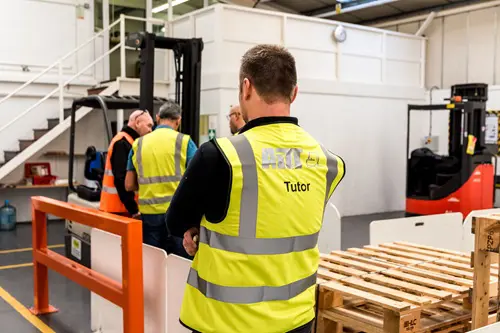
Why workplace transport training is changing in 2026 and what it means for employers
By AITT on 26 November 2025
New workplace transport training categories due in January mean it is essential to ensure operators of material handling equipment have the necessary training for the exact type of machine they use, and accredited training providers are an ideal source of advice and conversion training.


